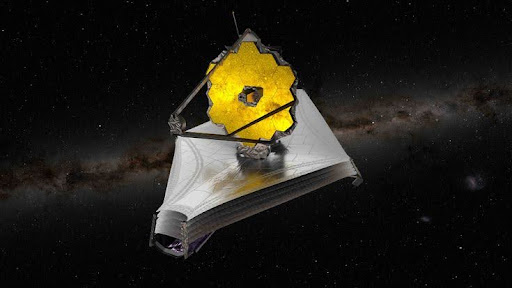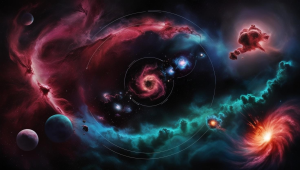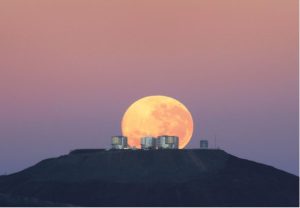
WORMHOLES:COSMIC SHORTCUTS
What if you could rocket from Earth, not to the Moon or Mars, but down a wormhole that loops all the way across the vast Milky Way, slashing travel time
From the first known astronomers of Babylonia to the complex technology of today’s world where astronomers look for answers in the far-off galaxies, telescopes have been indispensable tools. These extraordinary tools have come far in hundreds of years, as technology and optimal improvements have unveiled the secrets of far away galaxies, stars and planets. This article focuses on the understanding of the operation of telescopes, specific principles of their work, and the significance of these instruments to the universe’s exploration.
Optics: Unveiling the Invisible
In its simplest form, a telescope can be defined as an optically oriented and constructed precision instrument with which maximum collection of light and its subsequent enlargement is made on objects situated at relatively great distances from the observer. The principal components are made of lenses or mirrors that gather and focus the light unto animage plane at which the image is created. Telescopes come in two primary types: their managerial skills as well as reflecting and refracting.
Refracting Telescopes: Lenses Enhancing the Achievement of Caribbean Learners
Refracting telescopes use lenses to bend the light and feed it to a focal point or other instrument. One of the most famous designs whose concept originated in the 17th century with the help of a telescope’s designer, Galileo Galilei, is the objective lens that gathers an incoming amount of light and forms an image at the focal point. Subsequently, this image is enlarged by an eyepiece lens as shown below, to enable the observers to view distant objects such as celestial bodies more clearly. When constructing original refractors, there was a problem with chromatic aberration or the distortion of colors, however modern designs use several lenses and anti-reflective coatings.

Reflecting Telescopes: Mirrors as Cosmic Mirrors
Newtonian reflecting telescopes, or reflecting telescopes in general, do not use lenses but mirrors to collect and focus light. The first mirror receives the incoming light and passes it to the second mirror that in turn focuses the light to a specific point that can only be the formation of the image or the position where the camera is placed to capture the mirror’s image. This design minimizes many optical problems that are characteristic of lenses and permits big apertures, a prerogative for observing faint and distant objects with larger sensitivity.
Beyond Visible Light: Electromagnetic Spectrum
Contemporary telescopes use light of a wider range of wavelengths than what is visible to the human eye. Celestial signals being objects of study come in different wavelengths ranging from radio to gamma ray frequencies each of which gives a different perception of the object under analysis. Telescopes like radio telescopes, for example, record radio waves released by galaxies and cosmic microwave background radiation in order to infer more information concerning the early universe and emergence of stars.
Space Telescopes: Eyes above the atmosphere
To remove the atmospheric interference and increase the observing capacity, astronomers put out the telescopes into space. One can remember the example of the Hubble Space Telescope launched in 1990 which has become one of the most recognizable ones. floating high above the atmospheric interference from Earth Hubble has been able to take magnificent photographs of galaxies, nebulae, and other planets far beyond the Earth with great clarity changing the way space is viewed.

What if you could rocket from Earth, not to the Moon or Mars, but down a wormhole that loops all the way across the vast Milky Way, slashing travel time

If you go outdoors on a clear evening and also search for it, you might have the ability to see Jupiter beaming brilliantly amongst the celebrities. At the exact same

Stars, the dazzling points of light that fill up the evening skies are the foundation of galaxies plus the cradles of life itself. From their birth in large clouds of

In the mission to recognize deep space mankind has actually developed progressively effective devices to observe deep space. Completion of this venture is the Extremely Large Telescope (ELT) which is

Space debris, also known as space junk, refers to the defunct artificial objects orbiting Earth. These objects include decommissioned satellites, spent rocket stages, and fragments from collisions and explosions.

The search for exoplanets– planets that orbit stars outside our planetary system– has actually quickly developed into one of the most interesting and dynamic fields of astronomy
Write to
Jasmine Gogoi at csr@scientifictemperament.com
Let’s develop our society with a scientific heart. Join us to build the scientifically nurtured future →